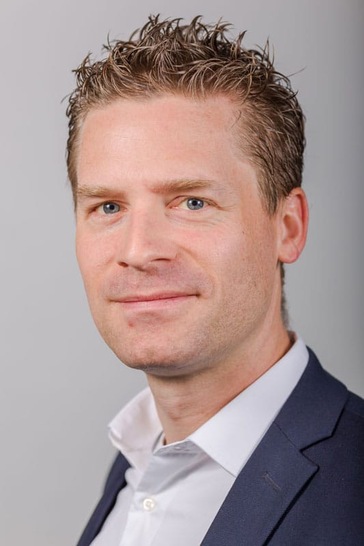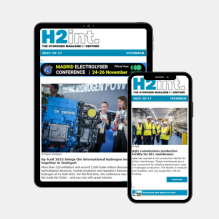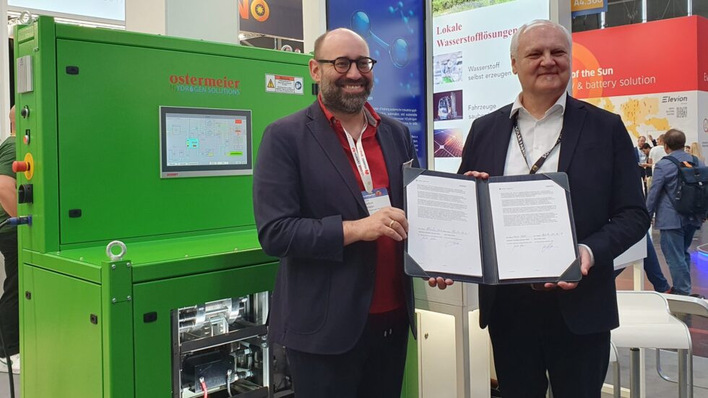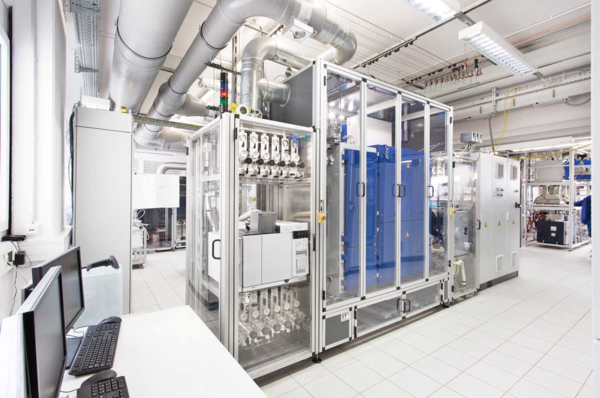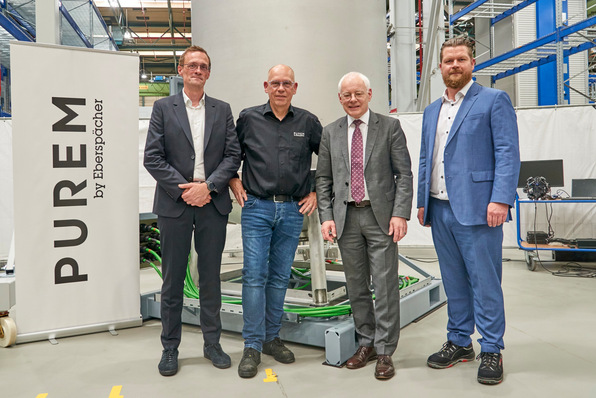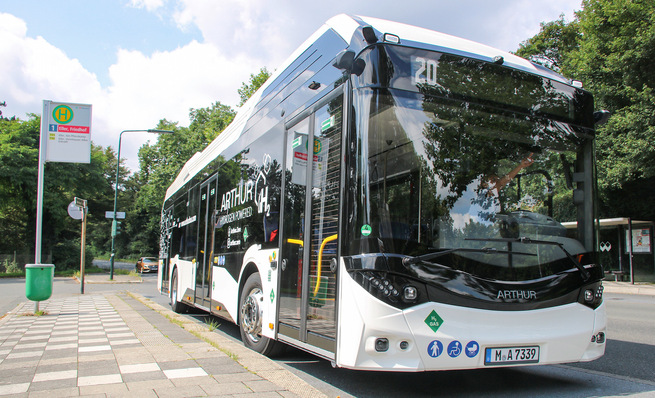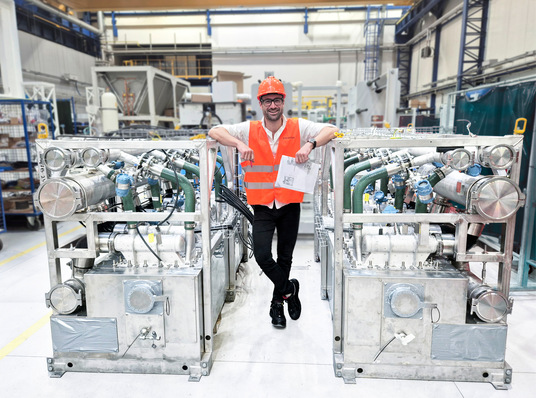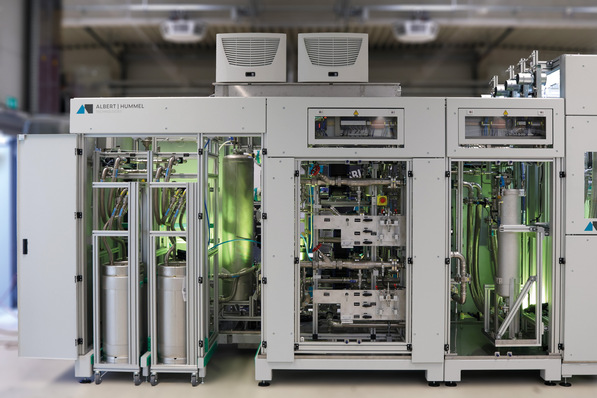In June 2022, automotive supplier Schaeffler together with Symbio – a Michelin and Faurecia company – established the joint venture Innoplate which plans to produce “the next generation” of bipolar plates. Benjamin Daniel, head of the fuel cell business unit at Schaeffler Automotive Technologies, explains the new options.
H2-international: Bipolar plates are considered a strategic component in a fuel cell system. At Schaeffler how do you tackle the challenges of their production? Which areas of expertise do you bring to this?
Daniel: The ability to mass-produce components such as bipolar plates efficiently and economically is essential for the large-scale deployment of fuel cell systems. This industrialization is at the heart of Schaeffler’s strategy and is an important part of the 2025 road map. It allows an overall reduction in the cost of fuel cell stacks and systems. As a world-leading automotive and industrial supplier we have extensive expertise in precision forming and punching technology as well as a deep knowledge of the processes involved in the mass manufacturing of metal bipolar plates. We use this experience both for electrolysis and as a key element in fuel cell stacks. Schaeffler’s high degree of vertical integration with regard to forming technology and its sophisticated coating processes form the basis for a sound understanding of mass production processes for bipolar plates.
What role does your joint venture with Symbio play here?
Together we see enormous potential in the developing hydrogen economy. The establishment of this Franco-German project will also strengthen the European value chain for hydrogen-based mobility. By the end of the year we will be starting joint venture operations under the Innoplate brand and pushing the production of next-generation bipolar plates for the entire market for proton exchange membrane fuel cells. As a result, customers will benefit in future from increased performance, larger capacities and a lower price. In addition, the joint venture allows us to quickly enter the market with a leading fuel cell provider as a partner.
What’s the current situation and what will the next steps be?
At the moment we’re developing the manufacturing processes in our center of excellence for hydrogen technology in Herzogenaurach and are establishing production at the joint venture site in Haguenau in France. At first we want to make 4 million bipolar plates a year at the production site in Haguenau, with the aim of producing around 50 million plates annually by 2030. By that time we expect there to be 120 members of staff working in this area. The joint venture’s customers are Schaeffler and Symbio. Symbio has already received its first order as a major fuel cell system supplier from a leading vehicle manufacturer. It’s envisaged that the joint venture will produce the bipolar plates for the order.
Author: Michael Nallinger


